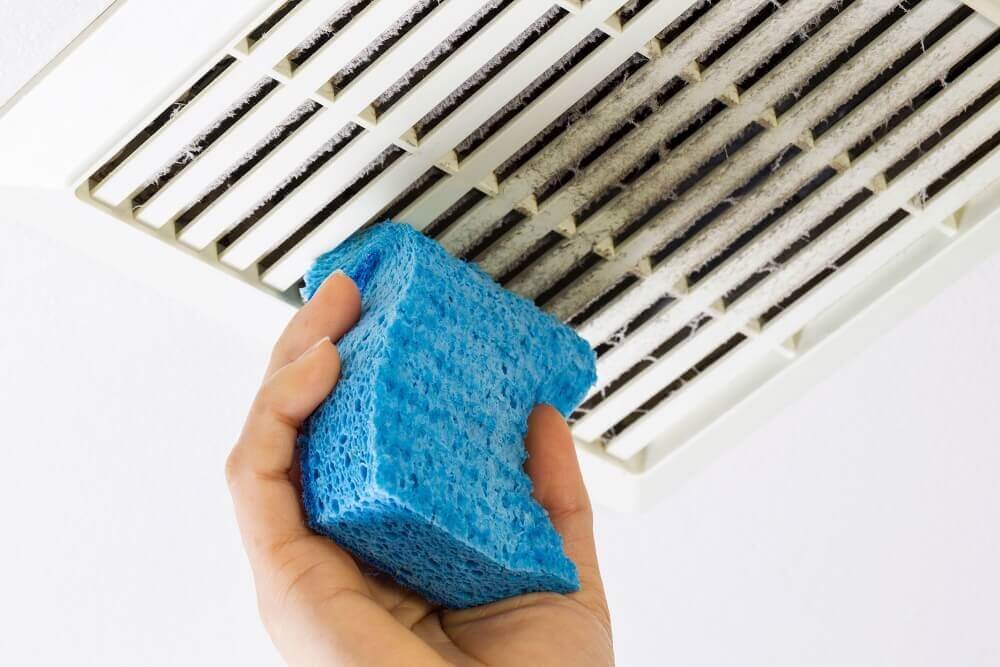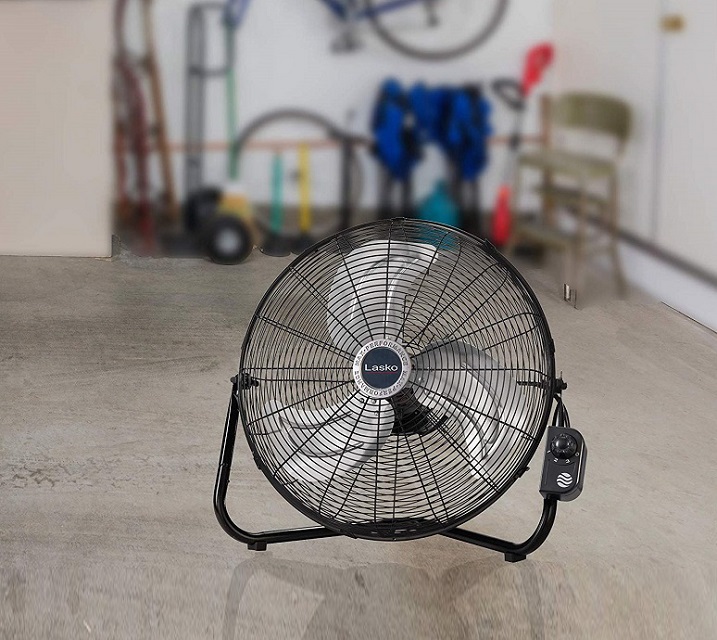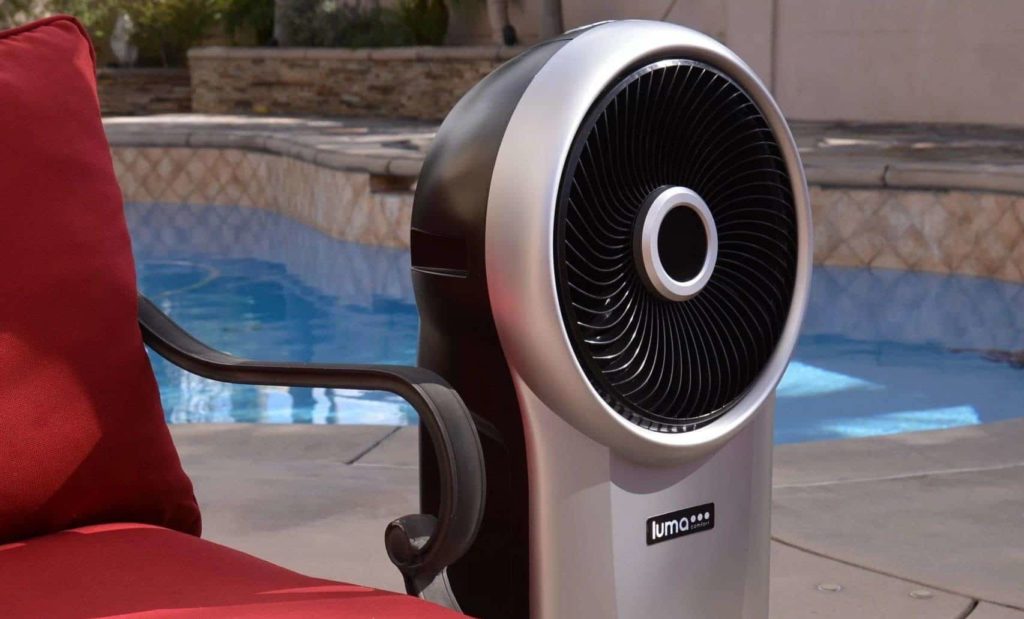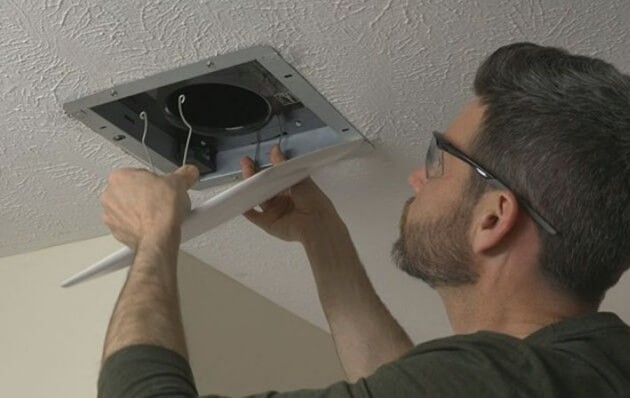

Although ceiling fans Trusted Source Ceiling fan - Wikipedia A ceiling fan is a mechanical fan mounted on the ceiling of a room or space, usually electrically powered, that uses hub-mounted rotating blades to circulate air. They cool people effectively by increasing air speed. Fans do not reduce air temperature or relative humidity, unlike air-conditioning equipment but create a cooling effect by helping to evaporate sweat and increase heat exchange via convection. en.wikipedia.org have been around since the 17th century, they have barely changed in design and function. Today, there are numerous types of ceiling fans on the market, and while some might not fancy them, there is no denying the fact that these appliances are pretty useful to have in the home as the summer months approach. While they are so useful, the problem of which type of ceiling fan to buy always comes up.
Ceiling fans are an excellent way to keep the home cool, whether in the summer and to keep the home warm in the winter. If you are on a budget but desire a cheap way of ensuring that the temperature of the room is optimal, you can always rely on the ceiling fan. These appliances come with different functionalities, designs, and other features.
Fortunately for you, we have reviewed scores of types on the market to show you the types of ceiling fans you can find and how to know which will be best for your needs.
Here you will find the main guidelines on this topic:

For an industrial setting, look for a fan that comes with increased airflow and durability. Since this will be a work environment, it would be smart to have a fan that produces a small level of noise.
Another thing to keep in mind is the height. Are you looking to install the fan in a room with a low ceiling? If so, you would be best served by a low-profile or flush-mount ceiling fan. This type of fan will guarantee that you have the right amount of headspace.
If the ceiling is of an average height, then you should check to see whether the fan you buy comes with a hanging rod. This rod will ensure that you get a good height. For higher ceilings, then an extension rod will come in handy and will allow you to get the optimal height for the fan.
Another vital consideration is the controls of the fan. Are you looking to control the fan from the switch on the wall, a pull chain, or a more modern remote? You have to determine what you want. Some of the models that we have come across come with the ability to choose the control option that you want.
For most people, there is no beating the convenience that comes from using a remote control.
To get the highest level of efficiency, you have to choose a ceiling fan size that is right for the room. If the ceiling fan is too small, you will discover that the air will not move around the space effectively. And if it is too big, it might be too powerful for space.
When choosing, consider the diameter of the fan. A small room will work best with fans with diameters between 30 to 48 inches. Large rooms will be best served by fans with 48 to 50″ diameters, while large rooms that exceed 400 square feet will be handled best by fans with diameters of 56″ or lower.
One of the main things to understand is the type of a ceiling fan, so that you can make the correct choice.

What qualifies a standard ceiling fan? Well, some features are common to these fans. Some of these features include a high number of blades, installation using a downrod, and a built-in light.
If you have a ceiling fan, you might want to jettison the use of the downrod, but that might cause more problems than good. This rod is very important because it is what connects the motor to the mounting hardware. It functions as a stabilizer and will ensure that the fan stays a correct distance from the ceiling.
In terms of design, these are common options, but they offer good design options. You can find them with different finishes, ranging from brushed nickel to pewter and black.
Although these fans are common, they are also the easiest to customize. To that end, you can set it up with several types of accessories, from the pull chain to LEDs, and special blades.
Why is the standard ceiling fan so popular? Well, most people prefer this ceiling fan because of the level of versatility that you get. No matter the color or finish you want, you are likely to find a standard ceiling fan that comes with that design.
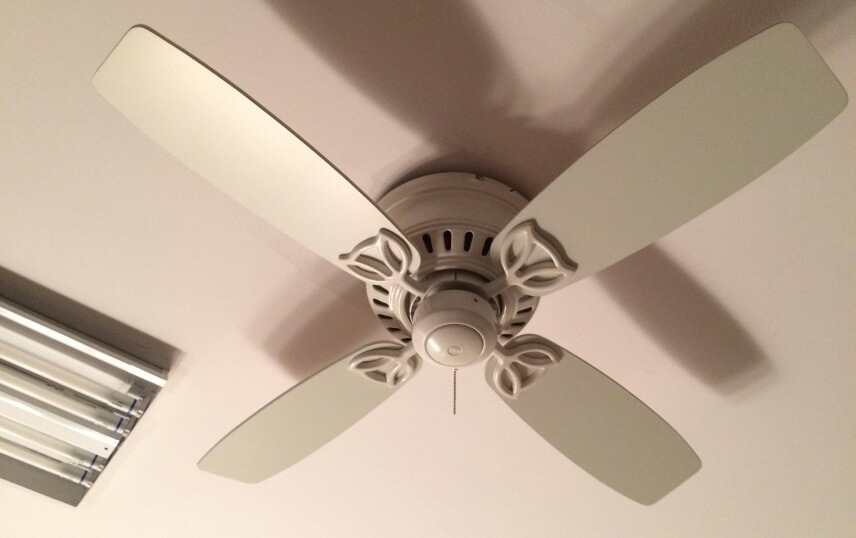
This low profile ceiling fan is excellent for when you have a small space in your apartment. They are a good option since they will lie above the head and recommended height while still giving you the powerful airflow of a ceiling fan.
Although it offers several advantages, there are downsides to using this type of fan. One of the downsides of using this type of fan is that because of the closeness to the ceiling, you might experience limited airflow and a restricted airflow when compared with the other types of ceiling fans.
If you want to reduce the pressure on your HVAC system, though, then this is a very good option. You can find it in a variety of designs, finishes, and materials. Therefore, you can use it for different types of décor.
The compact form is elegant and will add more appeal to a space over using the other extended types of ceiling fans. It is one of the most popular types of ceiling fans used by people today.
Reviews show that Hunter Indoor Low Profile III is an excellent low-profile fan that will meet your requirements.
If you are concerned about the environment and want to reduce the amount of energy used, then you might want to buy this type of ceiling fan. Before a ceiling fan can be recognized as an Energy Star fan, it has to meet the criteria set out by the US Environmental Protection Agency (EPA). Therefore, such fans boast of impressive quality, high efficiency, and good overall performance.
Apart from meeting the requirements of EPA, it must also be qualified and passed testing by third-party bodies.
These fans can be obtained in standard and low profile models. The major benefit, though, that you get from using this ceiling fan is that it will help you to reduce the amount of energy that you use. By reducing the amount of energy, you will be saving money and will get a unit better for the environment than other models.
Some of the things that help these fans achieve such efficiency are the motors and the blades. Research shows that these will use 20% less energy than your regular fans.
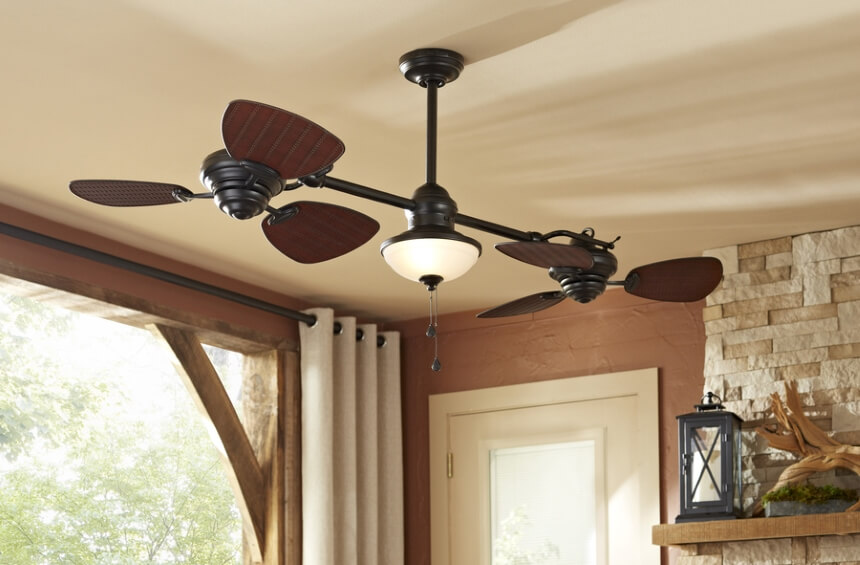
These are not just about looks, though, as they come with some other advantages. For one, these fans give you excellent functionality that you might not find in other regular ceiling fans. These come with a pair of motors that will give plenty of airflow in the large space.
Furthermore, these motors power blades that can be completely adjusted. Therefore, you can determine the direction of airflow without plenty of fuss. It might be more expensive than the regular ceiling fan, but it is certainly worth the cost.
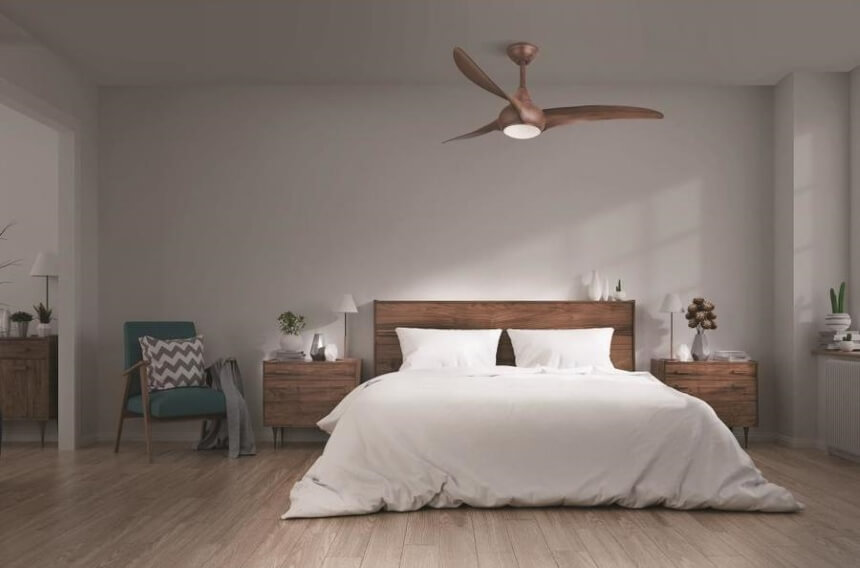
This functionality results in models that are very easy and fun to use. You will find that these fans are highly suitable for places like your space with high ceilings, and large spaces where it can be a hassle changing the settings.
Another thing that we liked about these fans is that they are quite versatile and allow you to add a wall control. This will make it also easier to change the settings.
The remote control offers a whole new world of functionality, letting you change the timer, switch the fan ON or OFF, and is generally very convenient to use.
Some of the ceiling fans come with even more advanced settings. Therefore, you end up with fans that can be controlled through an app on your smartphone. An example of this type of ceiling fan is the Minka-Aire F844-DK.
Apart from the fact that all these fans are fitted with remote control, they can be found in a variety of finishes and materials as well as style.
These work exactly as described by their names. They are excellent fans that are resistant to the damp and humid conditions of space. The fans can fight the wet and damp because of the material that it is made from. A consideration of the features reveals that these fans are often constructed of materials like fabrics that last for long and are water-resistant. The blades will resist corrosion, and all of these are provided by fans that give an excellent level of airflow. They ensure that air reaches the areas that need them.
When choosing, you have to note that there is a difference between wet fans and damp ceiling fans. In the simplest of terms, the wet fans come waterproof; hence it will withstand any exposure to water.
The damp ceiling fan will withstand exposure to humidity and moisture too. However, if used outdoors, it will not remain functional after exposure to heavy rainfall. If the space you plan to install the fan in comes with a roof, then a damp ceiling fan can work. However, if there is a roof but exposure on the sides, then you should consider getting a wet ceiling fan. This type of ceiling fan, because of the materials of the build, will last even in adverse weather. You will therefore find that it remains useful in rain, snow, or high humidity.
As with the other types of ceiling fans, you will find the wet and damp type of ceiling fan in a wide variety of styles, finishes, and designs to match the décor.

The fan is different from the other because it is working in a whole different environment. The requirements are different from those that you will find indoors. Therefore, these fans are built to handle the rigors of such environments.
The motor found here is stronger than what you find in other options. Furthermore, the design of the fan will give you as much airflow as possible while being energy efficient. Reviews indicate that the Westinghouse 7861400 offers some of the best durability and performance of industrial fans.
While they are not built to complement décor, they are still excellent options that you can find with great style options. You can find it in different colors, finishes, and styles.
These fans are best for commercial settings like in a retail store or a restaurant. It is an excellent type of ceiling fan that will meet the needs in spaces that are wider than the regular space. Due to their design, there are going to give you an impressive ambient temperature.
If you are looking for a versatile type of ceiling fan that functions in all kinds of weather, then you will find these useful. You can choose a setting that will reduce the temperature and will make the space much cooler. And if you want warmth, you can also adjust the setting so that it will generate enough warm air in the winter.
You can find these in a wide variety of styles.
If an air conditioner is not a feasible option, then a ceiling fan will come in pretty handy. The type of ceiling fan to buy might be a source of confusion, but this post certainly has shed much light on the various options available on the market today. We hope that it helps you in making the right choice.
